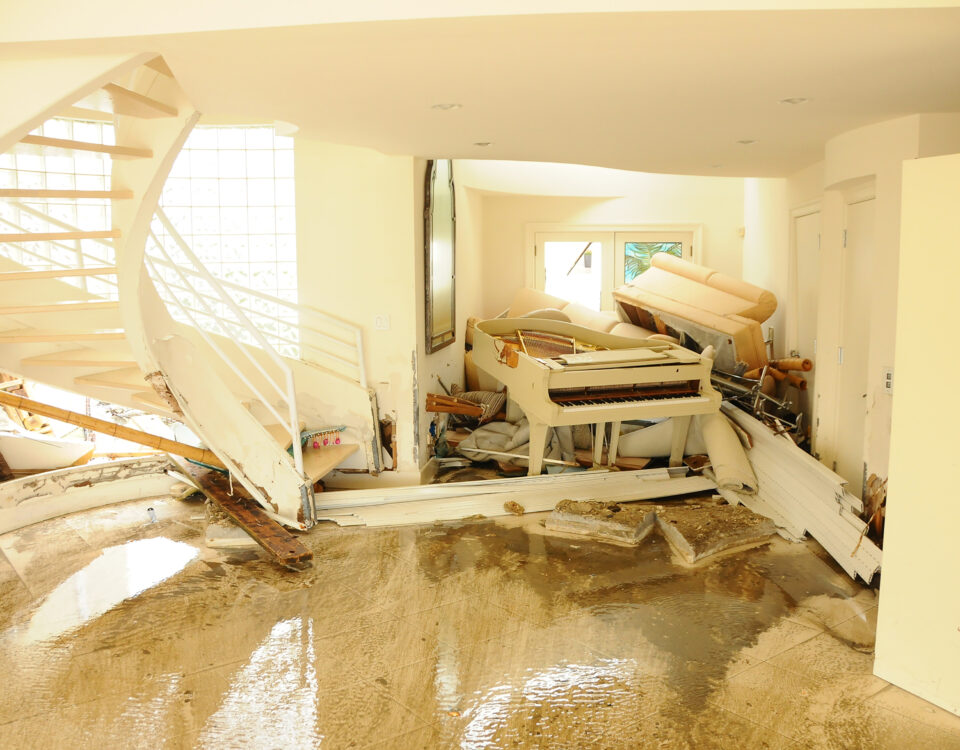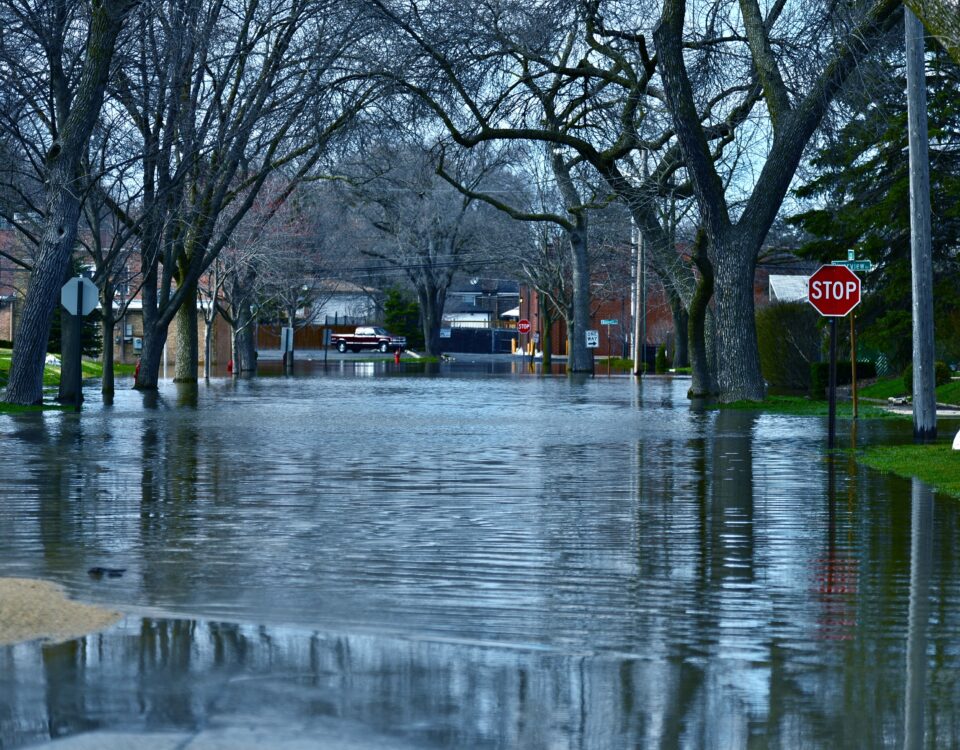
Lessons from Hurricane Ida: The Storm of the Future
October 12, 2022
How Agents Can Walk First-Time Homebuyers through Purchasing Flood Insurance”
October 12, 2022How Remote Adjusting Can Benefit the
Claims Process This CAT Season
The 2021 hurricane season is on track to look a lot like last year’s. If we’ve learned anything from flood recovery during a pandemic, it’s that technology can do a lot to make flood response operations more effective.
This time around, flood insurance teams are armed with a tool that has streamlined the entire claims process during the pandemic: remote adjusting. Through digital platforms and photo and video documentation, flood insurance adjusters can easily conduct a property inspection without having to travel to the site.
Remote adjusting can help claims adjusters, policyholders, and affected communities get on the road to recovery faster this and every CAT season to come. Here’s how.
Adjusters Can Investigate More Claims, More Efficiently
Remote claims adjusting eliminates the need for adjusters to have to travel to policyholders’ damaged properties for an inspection. That saved travel time frees up a lot of additional capacity.
With a remote claims management platform, adjusters can…
- Investigate claims anywhere in the country
- Process claims more quickly
- Avoid travel restrictions or complications in the impacted area (due to state COVID-19 laws, damaged roadways, etc.)
Policyholders typically have to wait several days between filing the claim and the adjuster’s inspection to allow for travel time. In a community with a high number of damaged properties after a major flood, it can take adjuster teams weeks to work through every one.
With remote adjusting, adjusters can inspect the claim immediately after the policyholder submits notice of loss.
Learn more about National Flood Services’ innovative approach to claims solutions.
Remote Adjusting Takes Pressure off of Flood-Impacted Communities’ Infrastructure
A region grappling with damage caused by a Hurricane Sandy or Florence doesn’t have much leeway to take in anyone other than first responders and federal disaster relief officials.
After a large CAT event, flood insurance adjusting teams have traditionally needed to fly or drive to the area and find lodging to stay in nearby. That puts a lot of strain on communities that are already housing displaced people and disaster officials.
The pandemic has complicated delicate flood-damaged infrastructures even more: adjusting teams that travel to flood sites have to navigate the area’s COVID-19 policies and get tested or vaccinated (and still worry about exposure) before being able to begin the claims inspections.
Instead, teams that process claims remotely don’t have to take up any valuable local infrastructure to help flood victims in the area. Plus, adjusting teams don’t have to spend extra money to cover travel expenses.
Check your flood risk now to find out whether you live in an at-risk area.
Policyholders Can File Flood Insurance Claims on Their Own Terms
Remote flood insurance adjusting makes for a hassle-free customer experience.
Remote claims adjusting may be relatively new to the flood insurance industry, but it’s been common practice for other property casualty claims like auto and homeowners for years. And it enables policyholders to handle their flood claims directly from their phones and devices, just like they’re used to doing everything else.
No one knows their property better than a policyholder. They know what’s been damaged and what hasn’t been, and when it’s on them rather than the adjuster to reflect it in the claims report documentation, there’s a better chance the claim will be filed accurately and quickly.
In the past, if a policyholder is less engaged with the process because their adjuster handles the inspection in person, the adjuster might not identify all the damage at first pass. Then only later the policyholder might discover additional damage, which means they’ll have to file a supplemental claim and increase the time to finalize the claim.
Even policyholders who don’t ultimately receive a payment because their property damage isn’t eligible for flood coverage or doesn’t exceed their deductible still have positive customer experiences because the remote adjusting process is so easy.
Learn more about how the claims process works here.
National Flood Services Is Proud to Lead the Way with Remote Flood Insurance Adjusting
Over the past year, National Flood Services has ramped up its remote adjusting capabilities in order to serve policyholders across the country no matter the status of the pandemic.
As at-risk communities prepare for a 2021 CAT season that will likely be exacerbated by climate change, National Flood Services policyholders can rest assured that should their properties be in harm’s way, they can quickly get the money they need to begin recovery thanks to remote adjusting.
See articles of Flood Restoration
The Economic Impact of Flooding, Part 3:
The Legacy of Super Storm Sandy
America’s Aging Infrastructure: How Neglect Increases Flood Risk
How Neglect Increases Flood Risk




